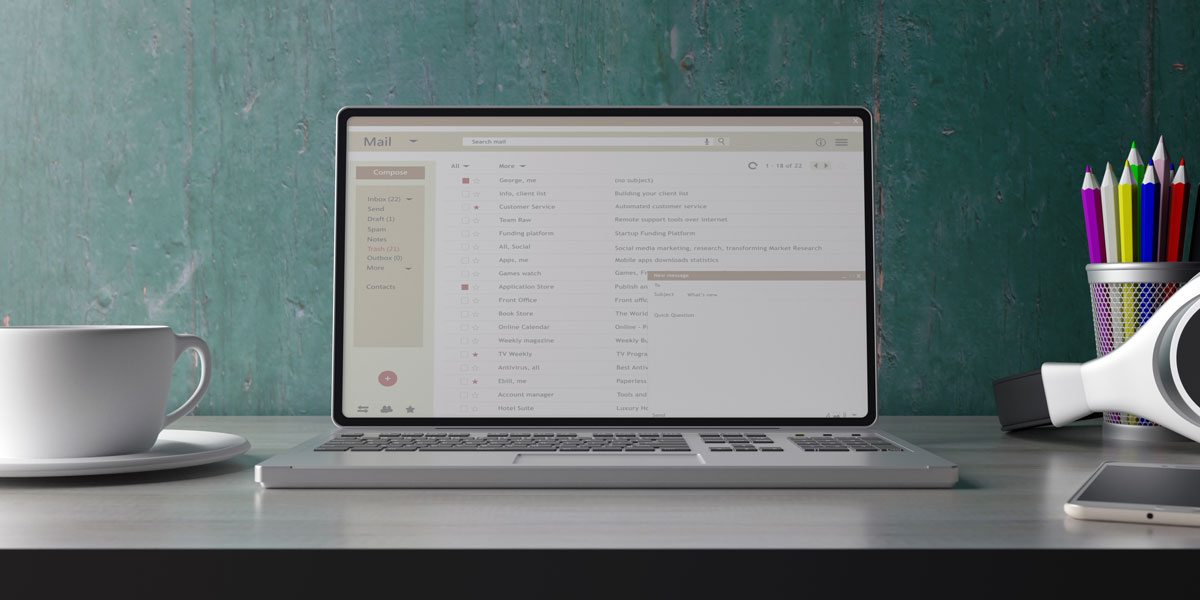Email Etiquette and Efficiency Tips
No matter who we are, we all have a common enemy – Email. As Steve on Blue’s Clues reminds us, “You’ve Got Mail”. These days, we are more likely to receive Email than snail mail as our main source of communication. In order to be responsible Email citizens, it is helpful to understand how to efficiently use the components of the email structure so we can maximize the value of this instrument.
The following rules can help create a more efficient E-mail so that your correspondence is read in a timely manner and elicits appropriate responses.
No. 1. Craft a concise Subject Line.
- Your recipient needs to understand exactly what subject matter the email concerns, otherwise your inquiry might not get the attention it deserves, much less ever get read.
- Likewise, you need to understand the nature of what you will read.
- If you have the ability, train others to be specific when typing the Subject Line.
- Strong verbs with deadlines can be helpful such as:
-
-
- Masks for Employees: Logistics Needed by July 10
- Back to Work Policy: Read by July 20
- Diamond Land Development Deal: Send Comments by July 16
- Family Reunion Location: Suggestions Requested by July 26
-
No. 2. Make sure to Send your correspondence to the correct person.
Yes, this is an important reminder. Be sure to double check who you are sending the information to as it could be a costly mistake to include the wrong people. Those of you who have been the recipient of email not meant for your eyes or if you have been the one to inadvertently click an unintentional person’s name, you get it. Check the names in your send line! Enough said on that subject.
No. 3. It is helpful to remind recipients to include your address in their Contact List.
If you do not want your email to get lost in the weeds, it might be necessary for your email address to be earmarked on the other person’s computer.
No. 4. Identify the details in the body and keep as brief as possible.
Using our Subject Line example, Masks for Employees: Logistics Needed by July 10, it is important to use specific language in the body of the email to get the information that you need such as requests that say:
-
-
- Please send me the exact number of masks we need to ensure each employee is safely protected. Order needs to be submitted by July 20.
- Do we want the company logo on the masks?
- Have employees been notified about the procedures for masks distribution? If not, should I draft an information packet?
-
Gone are the days of reading all the details. People tend to scan things quickly as we have become an immediate gratification society; this means less is better and specific is terrific. Most people on a business and personal level do not have the time or inclination to try to sift through a wordy email. If you need to, draft what you want to say in a word document or on paper before you type the actual communication. Be very clear on what you want to convey, why you are sending it, and what you need/expect from the person on the receiving end.
No. 5. When closing, include a reminder about important deadlines.
Use language in your closing such as: “Thank you for your input. As a reminder, I need this information by Monday, July 20”. (It is helpful to set deadlines a week in advance of your real drop-dead date since people are not always reliable in getting back on time.)
No. 6. Keep the tone of your email Professional.
A letter laid, is a letter played in Scrabble. When you hit the send button, you are putting words out to the world that reflect your integrity – be smart and selective with your words and thoughts. Your reputation always follows you. Words matter and can convey a tone!
Good luck and hope these tips are helpful!






